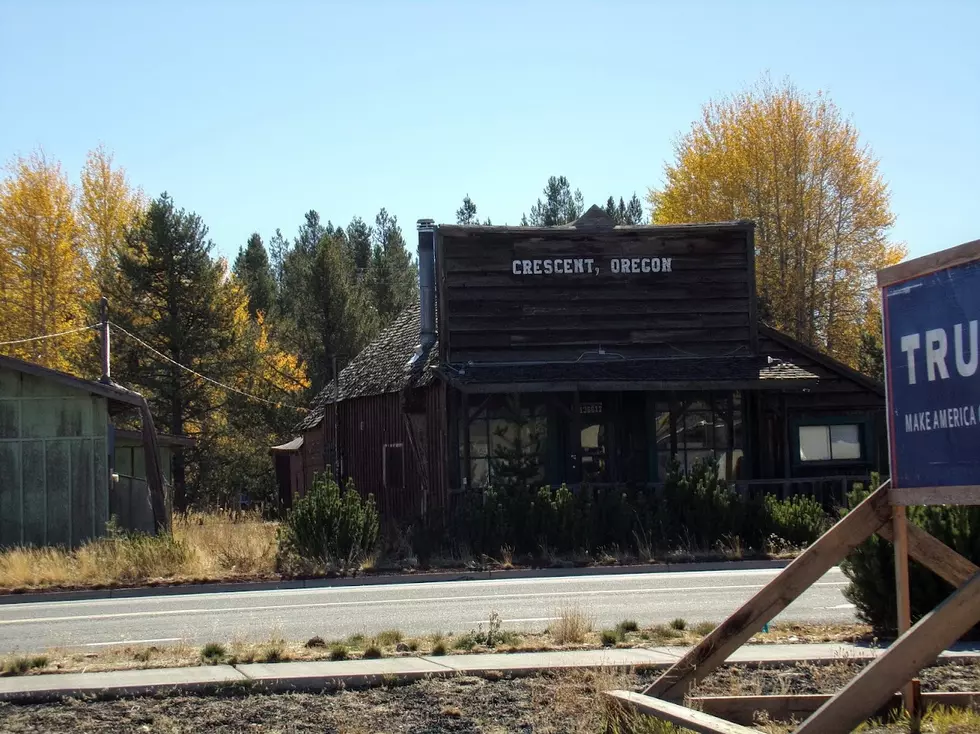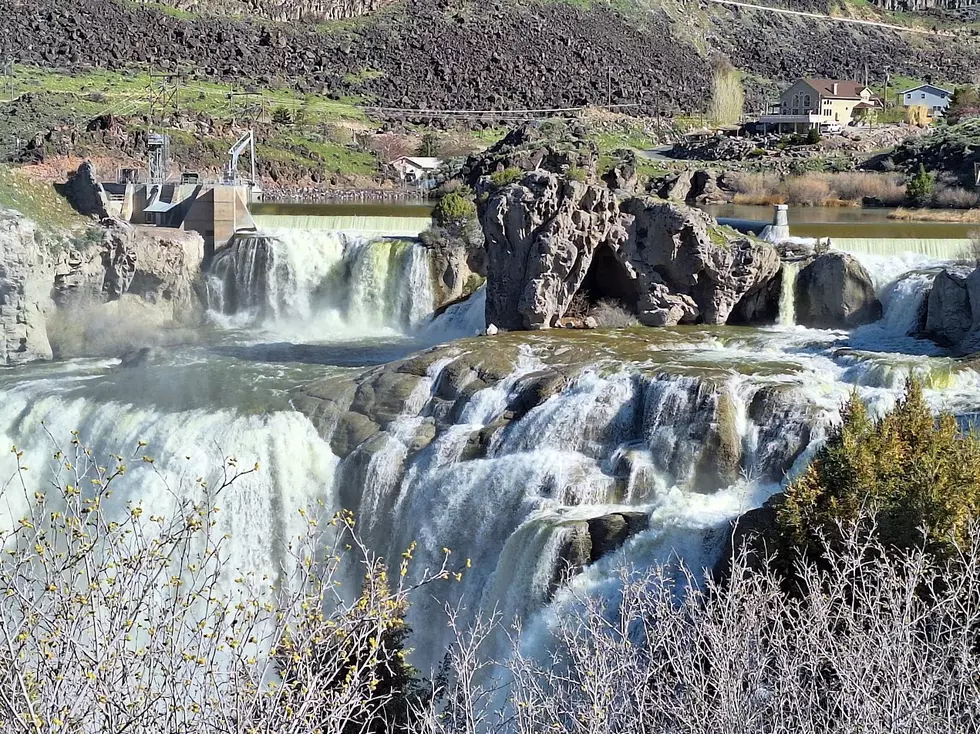
Blaine County Bans All Fireworks
Blaine County Commissioners have unanimously decided to ban all fireworks in the county. That includes safe and sane fireworks. The decision was due to the high fire risk.
According to Blaine County officials, Blaine County includes surrounding areas outside city limits, known as unincorporated Blaine County. The passed resolution states that due to the current weather conditions, a severe fire threat has been issued progressing the ban of fireworks.
Idaho Code Section 39-2602(3) defines “fireworks” as any combustible or explosive composition, or any substance or combination of substances, or article prepared for the purpose of producing a visible effect by combustion, explosion, deflagration, or detonation.
The Blaine County Sheriff's Office said they would be enforcing the resolution. So if you are in Blaine County I would highly suggest you do not use any fireworks at all. Again, these do include safe and sane. If you decide to use fireworks and you cause a fire, you would be liable for any damages accrued. Depending on the size of the fire it could lead to millions of dollars owed.
Fireworks are a ton of fun, don't get me wrong I love them as much as the next person. I also know that it is going to be a rough year because everything is so dry out there. After seeing what happened to the South Hills last year, cause of fire has still not been released, I don't want it to happen anywhere else.





